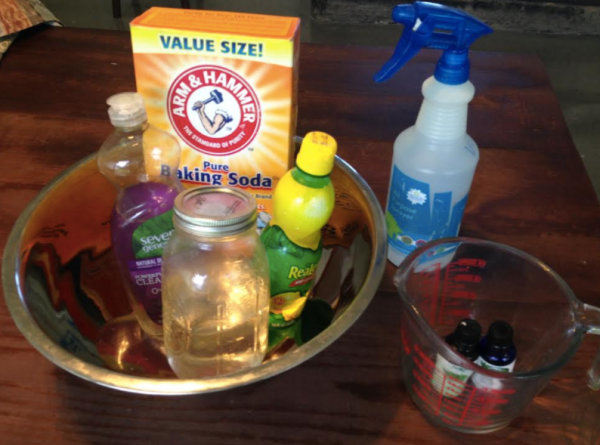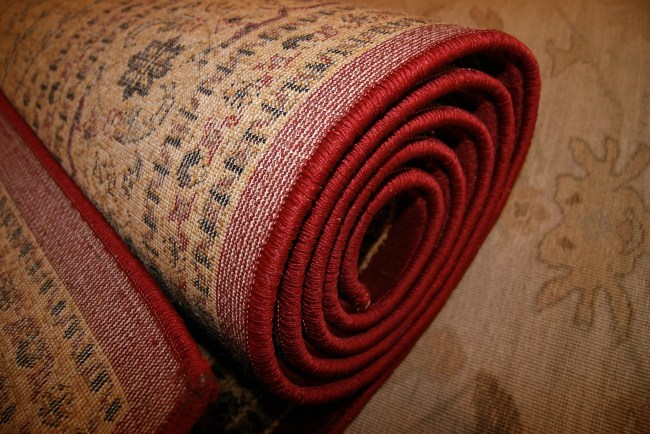Advice on making your own personal care products
Energy Disrupter
 You can absolutely make many of your own personal and cleaning products. Just like cooking your own food, when you make your own, you control the ingredients, and it provides an immense level of self sufficiency and self satisfaction. You’re a lot less likely to add toxic ingredients to your personal care products than a multinational company is, right? It’s the same with a stir fry as it is with a lip balm.
You can absolutely make many of your own personal and cleaning products. Just like cooking your own food, when you make your own, you control the ingredients, and it provides an immense level of self sufficiency and self satisfaction. You’re a lot less likely to add toxic ingredients to your personal care products than a multinational company is, right? It’s the same with a stir fry as it is with a lip balm.
It is also very economical to make your own products. I’ll next post a recipe for a calming aromatherapy spray. This is something you’ll often see sold for $10, as a pillow spray that will help you relax when you go to bed. It costs about 12 cents to make. Not all the products will have this much savings, but in general, making your own stuff ensures at the very least you know what you’re putting on and in your body, AND will save you money.
Remember, so much of what you pay for at the store is the marketing costs, packaging costs, shipping costs, labor costs…etc. The ingredients are usually the least expensive part of the equation.
A final note on making your own products: even though you know all of the ingredients going into these DIY products, just to be cautious, we always suggest applying a small amount of any new product to a test area before slathering yourself with it.
Great natural ingredients that are helpful to have around
These are some ingredients that seem to be pretty ubiquitous in DIY natural personal care products.
- shea butter
- jojoba oil
- witch hazel
- distilled water (you can also sterilize water yourself, and not buy distilled)
- aloe vera gel
- vegetable glycerin
- coconut oil
- lemon juice
- baking soda
- washing soda
- white vinegar
- borax
Essential oils
Essential oils are great ingredients to use. These are a pure form of plant ingredients, when purchased from a reputable source. As with anything, safety comes first. Essential oils are very, very potent. They should not be consumed, and should not be put directly on your skin. Follow all safety precautions.
If you can afford it, organics are best, and for essential oils, which you use very sparingly, the extra few bucks for organics will be well spent, as the products last. The other thing to keep in mind is that if you find a recipe online for something and want to try it, but the essential oil is insanely expensive, you can often substitute something similar. For instance, vetiver is expensive, but patchouli is not,and they smell very similar.
There are three basic categories of essential oils, which are referred to by a system of classification based on how long the scent will last. “Top notes” are strong scents that evaporate quickly, meaning you smell them strongly at first, but then the smell quickly dissipates. “Middle notes” last a bit longer and “base notes” last longest. Some combination of the three is usually recommended for products so that you have a nice diversity of scent, but also so that the scent lasts while not being too weak at first. Here’s AromaWeb’s classification system for top, middle, and base notes: https://bit.ly/3xuxGte.
The other main strategy for mixing essential oil scents is to group some scents that work well together. Citruses like orange oil and lemon oil will have a complementary nature in their resulting scent, whereas orange oil mixed with eucalyptus oil will have a very different blended scent and effect. Here we just direct you again to AromaWeb’s excellent classification site: https://bit.ly/3fEZCVl.
So combine the two strategies to find scents that work well together and also have scent notes that are immediate, as well as lasting, and you’ll be able to use those scent blends in multiple products that you want to smell a certain way.
Some other things to consider:
- General conversion tips – 1 mL is roughly 20 drops of essential oil, and 1 teaspoon is roughly 100 drops.
- Storage of any resulting product is best in a glass container, as glass is one of the most non-reactive materials out there, and therefore won’t start mixing with your products the way plastic and other materials will. Glass is also renewable.
- You’ll see in our recipes below that we often leave the choice of essential oils to you, as this is largely very personal, and allows you to explore the wonderful world of natural scent on your own and find what you like.
Get the Green Living Ideas book in softcover or PDF for as low as $2.99!

Related

















